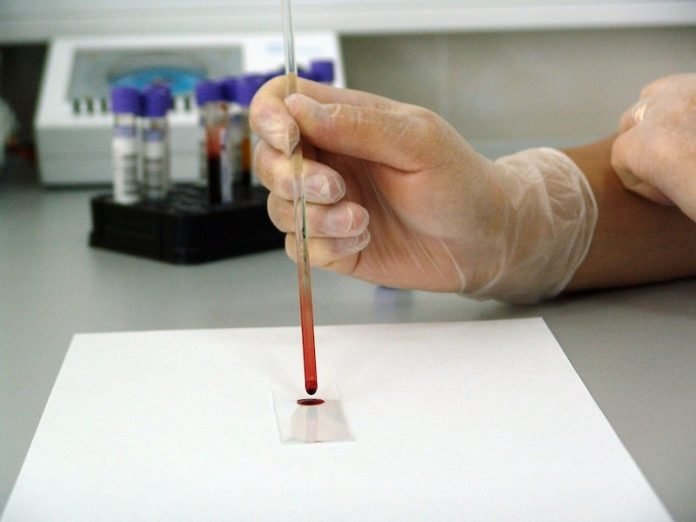
In a new study, researchers found a new way to detect blood clots in the body.
The research was conducted by a team at Texas A&M University
Unlike what a biology textbook may show, blood vessels are not straight cylinders. They are tortuous, meaning they have complex curves, spirals, and bends.
When the blood reaches these curves, it makes changes to its fluid mechanics and interactions with the vessel wall.
In a healthy person, these changes are in harmony with the tortuous microenvironment, but when diseased, these environments could lead to very complex flow conditions that activate proteins and cells that eventually lead to blood clots.
The team says a big challenge in medicine is the medical devices used to detect clots and assess anti-blood-clotting drug effects are entirely chemistry-based.
To approach the problem from a new angle, the researchers designed a microdevice that mimics tortuous blood vessels and created a diseased microenvironment in which blood may rapidly clot underflow.
They showed this biomimetic blood clotting device could be used to design and monitor drugs that are given to patients who suffer from clotting disorders.
The team says they can see several applications for the device, including critical care units and military trauma care units.
It can be used in the detection of clotting disorders and used in precision medicine where you would want to monitor pro-thrombotic or anti-thrombotic therapies and optimize the therapeutic approach.
After developing the device, the team took it into the field for a pilot study.
They coordinated with clinicians to test the device with pediatric patients in critical care whose heart and lungs were not working properly.
These patients were in need of extracorporeal membrane oxygenation (ECMO) machine, which provides cardiac and respiratory support in the exchange of oxygen and carbon dioxide.
A common complication in ECMO is blood clotting, so patients are administered anticoagulants to prevent clotting.
However, ECMO machines are also known to” eat” clotting proteins and platelets, which puts anticoagulated patients in further risk of bleeding.
Current chemically-based blood clotting tests are expensive, time-consuming, can be unreliable and require a skilled technician.
But the new method doesn’t require expensive chemicals, is quick, with results within 10-15 minutes, uses low blood sample volume, and is easy to operate.
By having the opportunity to test their system with real patients, the team was able to demonstrate that their design could detect bleeding in anticoagulated patients with low platelet counts, which can help guide doctors to make better evidence-based clinical decisions for their patients.
The lead author of the study is Dr. Abhishek Jain, an assistant professor.
The study is published in Scientific Reports.
Copyright © 2020 Knowridge Science Report. All rights reserved.



